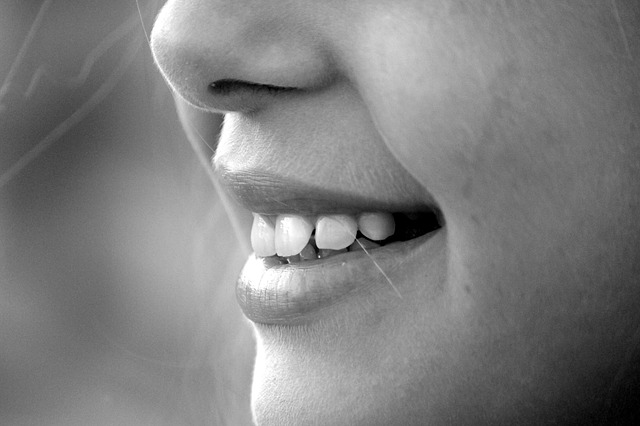Making the time to get your teeth checked regularly can be challenging enough as is, but it may be surprising to discover that you may need more than just basic dentistry. Whether you notice your teeth appear crooked, you’re having trouble with your bite, or your dentist brings it to your attention, having to get your teeth straightened is an investment you may need to make. Luckily, by recognizing the signs that you may need orthodontic work as well as the types of options available, you can easily take control of the situation early on.
Factors That Can Affect Your Smile
While people may be able to brush well and visit their dentists regularly to avoid dental issues such as tooth decay or gum disease, it is not as easy to have control over the way your teeth grow. While certain habits such as chewing on objects or thumb-sucking can play a role, genetics and medical conditions may have a greater influence. Dentists can even predict if teeth will be crooked or overcrowded by looking at x-rays well before the first adult teeth start to break through a child’s gums, so regular check-ups are often recommended starting from an early age.
Options
Having to correct an uneven bite or crooked teeth typically requires treatment that can take weeks, months, or even years depending on the severity of the condition and the method chosen. Some options include the following:
- Traditional Braces – cemented on teeth by brackets and attached by wires that are adjusted periodically to slowly adjust tooth alignment
- Crowns – typically made of porcelain veneers to match the color of a patient’s natural teeth and slide over existing teeth which may or may not be sculpted or filed down
- clear aligner tray – a new, less evasive way to adjust tooth alignment using a series of clear customized trays which manipulate the shape of the teeth over time
For some patients or clients, keeping teeth in line requires extended commitment even when the primary treatment has ended. Some can expect to use retainers to prevent teeth from shifting back, or special protective devices such as night guards to help discourage bad habits that can affect progress.
Early Interventions
Regular visits with a dentist, especially for younger children, can be helpful for identifying potential issues even before all baby teeth are lost. A professional practicing general dentistry is often the first to discover that teeth may need straightening. While younger children have the advantage of a more malleable palette that can benefit from early interventions such as palette expanders or headgear, there are options at every age for having a smile that makes you feel comfortable and confident.
With advances in medical and dental technology, there is an increasing number of treatment options for patients of all ages to get the smile they want. While some methods may be more time-consuming and costly, newer, more innovative ones are making quality orthodontic treatment more accessible. There’s no need to hide your smile or settle for an uncomfortable bite with the choices available today.

